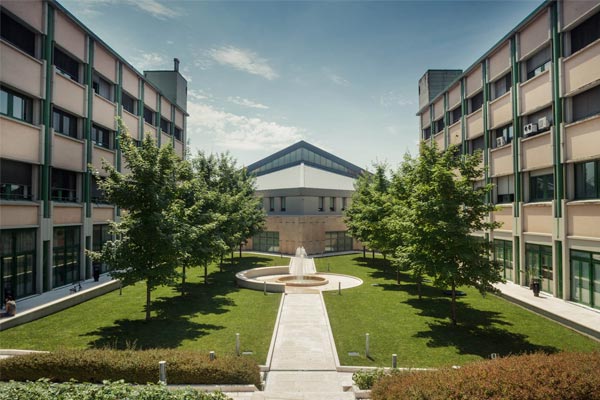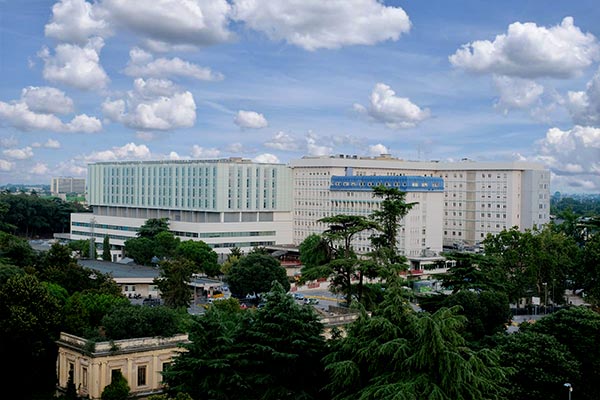Embedded Systems are built on top of SW and HW capabilities. It is economically convenient to exploit common HW solutions among different applications, through the use of platform based design and architectures based on configurable logic HW.
A recurrent problem for the HW integrator is to validate a specific architecture without the knowledge of the final application(s). The development ofSW/HW co-simulation methods and related coverage metrics applied to this field are vital to achieve the verification of the embedded system platform.
The verification framework is often constituted by a mixof SW, TLM, RTL. In this context the main goal of the VERTIGO project is the development of a systematic methodology to combine a simulation-based approach (dynamic verification) together with formal methods (static verification) integrated into an IP-cores and platform based design flow, for the purpose of producing a SW kit applied to the platform validation.
Such system level based design verification flow must solve three main problems:
Verification of the correct interaction between all IP-cores and of the system in the networked environment, driven by coverage metrics
Production of a SW layer for the purpose of the embedded platform test
Verification of the correct modelling of system-level IP-cores and their correct mapping into RTL descriptions, driven by formal verification
The solution of these problems require to correctly integrate verification and design into a robust flow, to smoothly move from verification languages (e.g., SystemC, System Verilog) to RTL languages, to combine dynamic and static verification techniques, thus exploiting and composing a variety of verification engines (e.g., SAT, High-Level Decision Diagrams, Hierarchical Petri Nets, EFSMs, etc.).
VERTIGO addresses a new generation of technologies and tools for modelling and testing embedded platforms, that will be the foundation for a viable and cost-efficient mapping of HW/SW systems embedded in intelligent devices.







